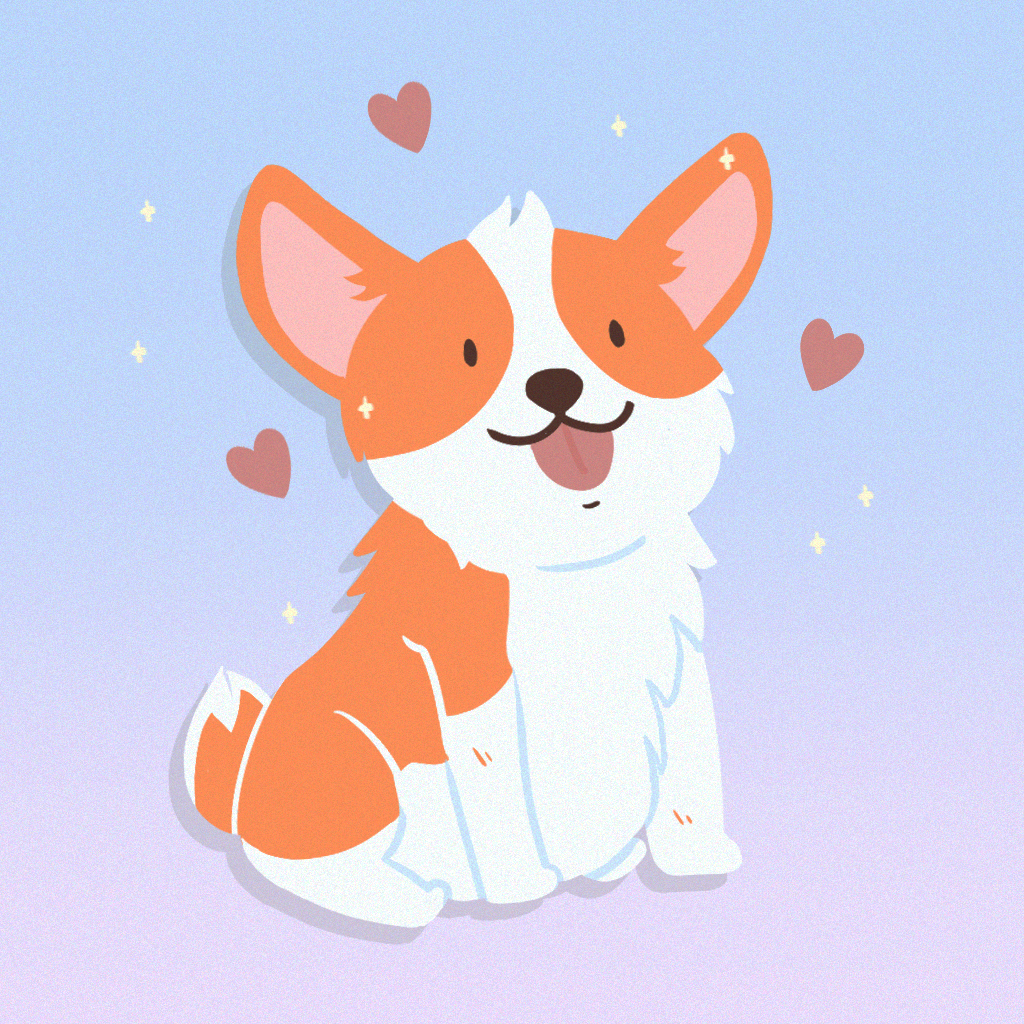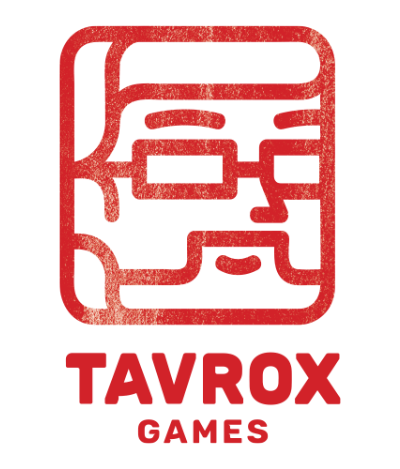Félix is a passionate Game Designer specialized in balancing and ergonomics. He has freshly taken up his position at Globlinz Studio. He used his technical knowledge in roguelikes and deckbuilders for the development of Neurodeck as a freelance Game Designer.
What are the most important qualities for a Game Designer according to you?
In my opinion, the ability to communicate efficiently with other team members is one of the most important qualities for a Game Designer.
Video game creation is all about teamwork , and communication is an aspect of the job that is extremely important in my opinion. Being curious and eager to learn are also important qualities because you will always learn new things while working on a game!
What did Neurodeck teach you about mental health?
Even if I was already a bit aware of these themes, I think working on Neurodeck helped me to understand how important mental health is these days, especially through feedback from players, playtesters and content creators.
The game aims more to talk about mental health in a global way rather than describing a specific process, which I find interesting as an art direction because I think it’ll allow people to relate to this subject with their own words and feelings. I also learned a bit more about the phobias during the development, and it helped me to better understand how they can affect someone.

What are the main tools you use in general? Was it different for Neurodeck?
While developing content for Neurodeck, I used some tools of Rational Game Design to create a distinct gameplay identity for each phobia and to differentiate the kind of challenges they gave to players. Concepts such as “set-up” and “pay-off” were used to create the structure of the main strategies of each character’s emotion in order to maximize the importance of the player’s choices within the pools of cards. As a designer, I’m specialized in balancing and making games ergonomic. I also brought methodologies from my previous experiences to work on these two subjects.
Another of my inspirations was Mark Rosewater’s article Timmy, Johnny, and Spike, in which he depicts three psychographic profiles of players identified by Magic: the Gathering’s R&D. I think this kind of tools – such as Bartle’s Taxonomy and Brainhex, for example – are great because they allow designers to consider what do different types of players like when designing a game experience.
What did you know about deckbuilders and roguelikes before starting to develop the game? Was there additional research you needed to do?
Prior to working on Neurodeck I gave a conference on the mechanic of “draft” and its use in card games, and worked on several roguelikes and deckbuilding games with the French publisher Goblinz Studio.
Before joining the team, I also played and analyzed around a dozen deckbuilding games: I could better understand the specificities of Neurodeck, and how to design the experience using the strengths of the core gameplay. When I joined the team, I also had the opportunity to play and analyze a few other games that were an influence for the team in my first weeks. Discussing these references and concepts helped me to better understand the creative inspirations of the game.
Is there a phobia or a card that reminds you of a special event in your life?
I’ve always had pets as a child and teenager, so Favorite Pillow and Dog Petting remind me of them when I play the game. I especially like the former illustration, because one of my cats was very fluffy and liked to roll over while petting him!


